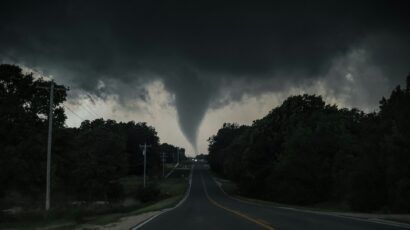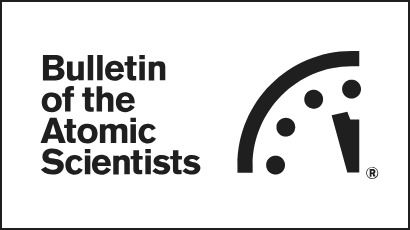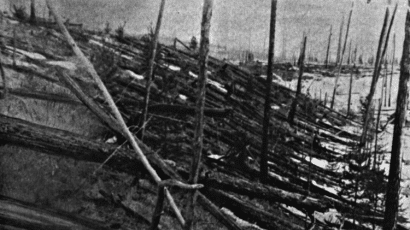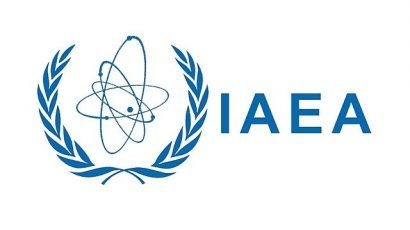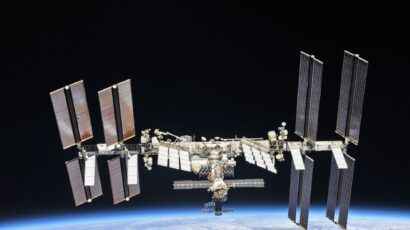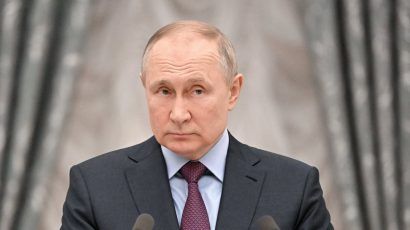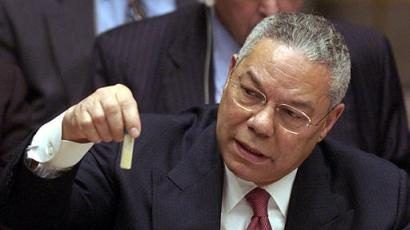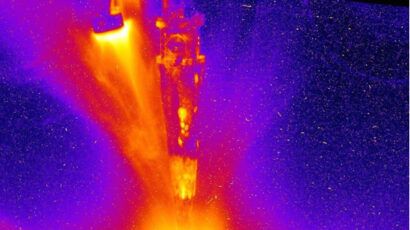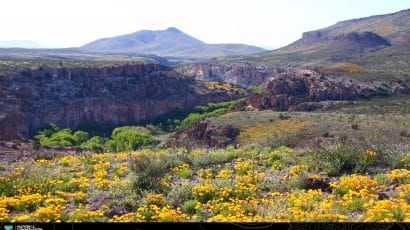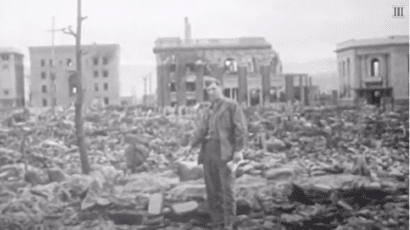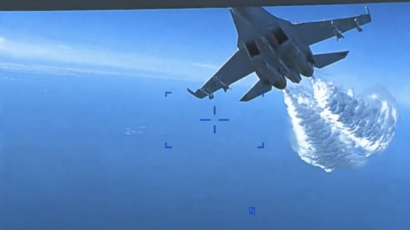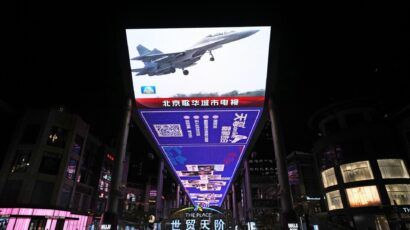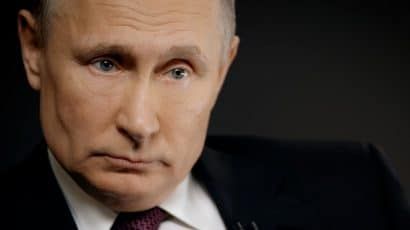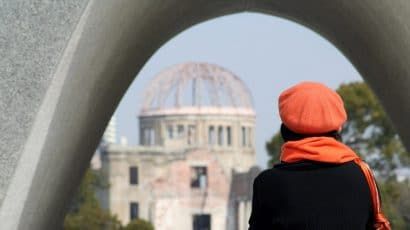Search results for trump
Why was the Sendai nuclear power plant restarted?
The decision to restart the reactor at Sendai is probably based upon the “dismal science:” economics.
Are small modular reactors the solution to climate change? Some Canadians think so.
Not a single small modular reactor has been built in Canada. But no matter, the technology is the darling of nuclear power circles—much to the dismay of environmentalists.
Politics or policy? What’s thwarting India’s Nuclear Suppliers Group ambitions
Indian analysts and policymakers blame political factors for the failure of the country’s campaign to join the Nuclear Suppliers Group, but resolving concerns about India’s nonproliferation policies is the key to success.
Why the United States did not demonstrate the Bomb’s power, ahead of Hiroshima
Would a demonstration on a forest near Tokyo have had as much or more impact on ending the war as the bombings of distant Hiroshima and Nagasaki? Possibly.
Let Hiroshima guide us back to nuclear basics
We knew within a year of the US atomic bombings of Japan how to rein in atomic dangers, but we still haven’t taken all the right steps.
The prospects for United States–China space cooperation are limited
Lessons from the Cold War suggest that partnering with Beijing on space projects will not reduce military tensions in space.
Inside Putin’s head: Paranoid? Calculating? Obsessed by the conspiracy theories of a rehabilitated Russian fascist?
Two psychoanalysts try to find an answer to the question of Putin’s mental state, at a time when the stakes could not be higher.
How the IAEA went from lapdog to watchdog in Iraq
A review of the book Dismantling the Iraqi Nuclear Programme: The Inspections of the International Atomic Energy Agency, 1991-1998 by Gudrun Harrer
The entanglement of fusion energy research and bombs
Not many people seem aware of the connection between fusion research and nuclear weapons. But the two have a long history.
Plant power: Burning biomass instead of coal can help fight climate change—but only if done right
Burning wood at electrical generating facilities instead of fossil fuel could help fight global warming—at least in theory. But it’s far from a black-and-white issue in practice; it’s time to take a measured look at all the shades of grey.
What happens when the nation’s most endangered river encounters megadrought?
The Gila used to be a perennial river, running 649 miles until it emptied into the Colorado River—providing a lifeline for plants, animals, and humans that depended on it along the way. But population growth—and increasingly, climate change—have badly diminished the river and threaten its future.
Hiroshima and Nagasaki on the cutting room floor
In the months after the atomic bombs were dropped on Hiroshima and Nagasaki in August 1945, newsreels offered a view of ingenuity and destruction that obscured the human cost.
Putin’s “bluff”: a cautionary note about underestimating the possibility of nuclear escalation in Ukraine
Concerns about the possibility of Russian nuclear escalation in Ukraine should not be dismissed as abruptly as Yale historian Timothy Snyder and others of like mind have dismissed them.
Psychological reflections on the tragic dynamics of war
The fact that Putin has stopped alluding to using nuclear weapons is small comfort. We need to be very wary.
2021 Doomsday Clock Statement
Overview Current Time FAQ Timeline Dashboard Datavisualizations Virtual Tour This is your COVID wake-up call:It is 100 seconds to midnight This is your COVID wake-up call: It is 100 seconds to midnight 2021 Doomsday Clock Statement Science and Security BoardBulletin of the Atomic Scientists Editor, John Mecklin 2021 Doomsday Clock Statement Science and Security BoardBulletin of … Continued
How to manage and de-risk an emerging Cold War II with China
In this early phase of the China-US rivalry, neither President Biden nor General Secretary Xi shows any sign of reconsidering his nation’s goals, strategies, assessments of the other, or desire to shape global norms. Both powers want to avoid war, but not at the cost of questioning their interests or values. The only strategy open to them, therefore, is to build a framework, through patient diplomacy, for peaceful rivalry.
Putin’s nuclear warnings: heightened risk or revolving door?
Observers have put forward varying explanations suggesting that Russian President Vladimir Putin hopes, through nuclear threats, to achieve some current or future tactical edge in his face-off with Ukraine and NATO. But none of that reasoning erases a dangerous reality: Any Russian use of tactical nuclear weapons would create unprecedented conditions that could easily lead not to Russia's advantage, but to a wider nuclear war that would decimate Russia—and its leadership.
Robert Oppenheimer: The myth and the mystery
This is the prepared text for a lecture delivered at Santa Fe, New Mexico, on July 14, 2018 and sponsored by the Santa Fe Opera during its production of Dr. Atomic, which focuses on the atomic bomb and its creators, specifically J. Robert Oppenheimer.
In an era of climate change and COVID, Hiroshima reminds us of another existential threat.
In 2021, the solemn August 6th and 9th anniversaries of the US atomic bomb attacks on Hiroshima and Nagasaki are set against a concerning backdrop. Global vaccine distribution for the ongoing COVID-19 pandemic is deeply unequal, even as the delta variant surges. Climate change is wreaking havoc around the globe. In this opinion piece, the author offers opportunities to reflect on humanity’s past and ongoing engagement with nuclear weapons, despite a perfect storm of other existential threats.
